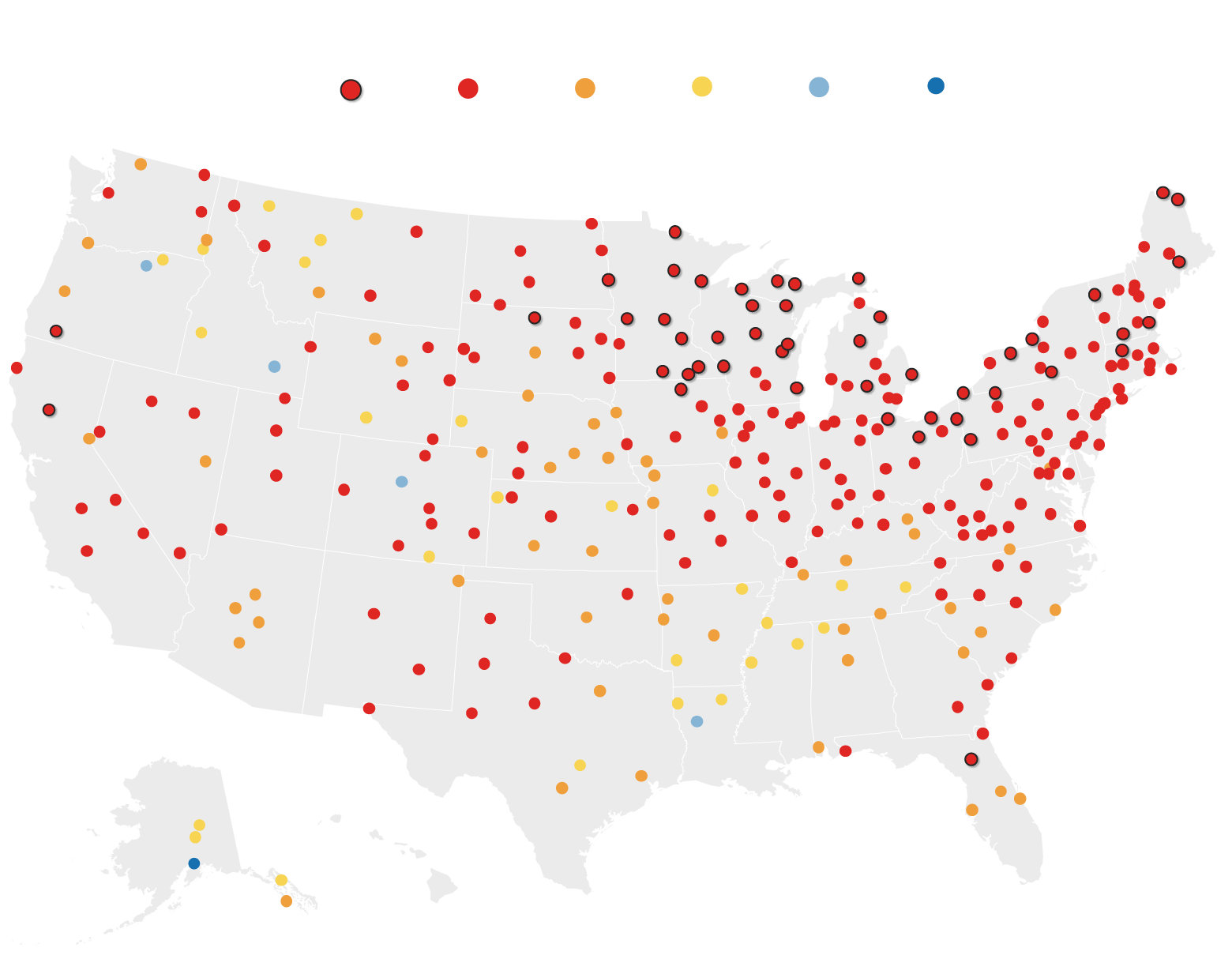The Warmest Winter in the United States
The National Atmospheric and Oceanic Administration (NOAA) reports that the average temperature across the continental United States during the period from December 2023 to February 2024 reached a record-breaking 3.1 degrees Celsius. This is 3 degrees higher than the country’s average temperature during the 20th century. The second warmest winter in the US occurred in 2016, with an average temperature of 2.67 degrees Celsius, while the coldest winter was recorded in 1979, with an average temperature of -3 degrees Celsius.
The prolonged warm weather has caused a gradual decrease in ice coverage across the Great Lakes region in the northern part of the country. On February 11th, the ice coverage reached a historically low level of 2.7%, which is significantly lower than the usual peak coverage.
Statistics show that the last 10 warmest winters in the US have all occurred in the past 20 years, making winter the fastest warming season across nearly 75% of the country’s land area.

Image: Most states in the US experienced a warm winter (indicated in red) – Image: CNN
In addition to the warm temperatures, the US also experienced prolonged heatwaves in February. The average temperature across the continental US, excluding Hawaii, Alaska, and offshore territories, was 5.06 degrees Celsius – making it the third warmest February on record for the region.
Eight states set new record warm winters, including North Dakota, Minnesota, Iowa, Wisconsin, Michigan, New York, Vermont, and New Hampshire.
February also marked the third most severe drought in US history. While some areas experienced drought, others saw unusually heavy rainfall and snowfall in the western regions, leading to strong winds, floods, landslides, and power outages in parts of California.
In 2023, the US witnessed a series of extreme weather records being broken. The southern and southwestern regions of the country endured prolonged and intense heatwaves. In Phoenix, Arizona, temperatures soared above 43.3 degrees Celsius for 20 consecutive days. Hospitals were overwhelmed with cases related to heat-related illnesses.
The warming trend in the US highlights the ongoing impact of climate change and the urgency for comprehensive measures to mitigate its effects. As the world continues to experience extreme weather events, it is crucial for individuals, businesses, and governments to prioritize sustainable practices to safeguard our environment and future generations.
To stay updated with the latest news and trends in the business world, visit Business Today.
